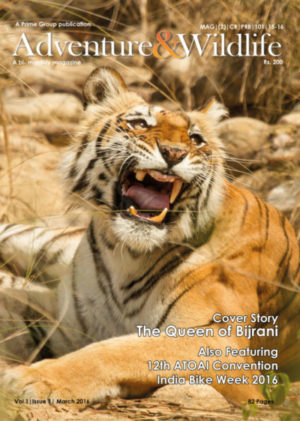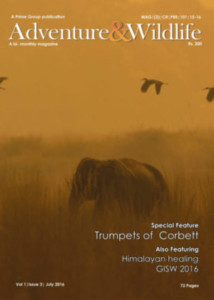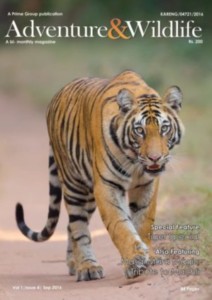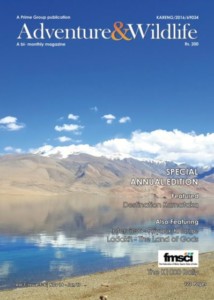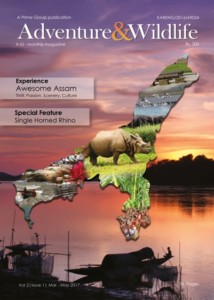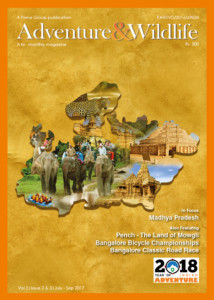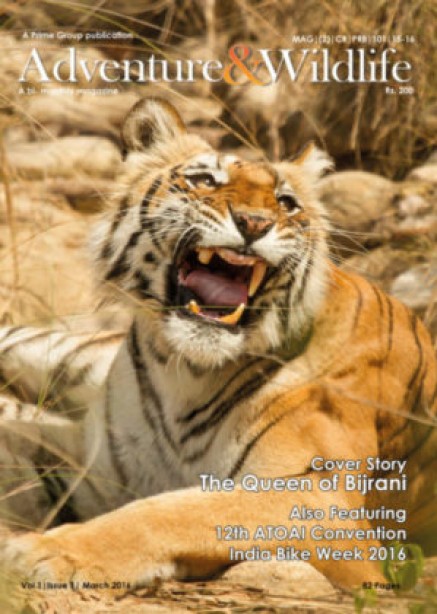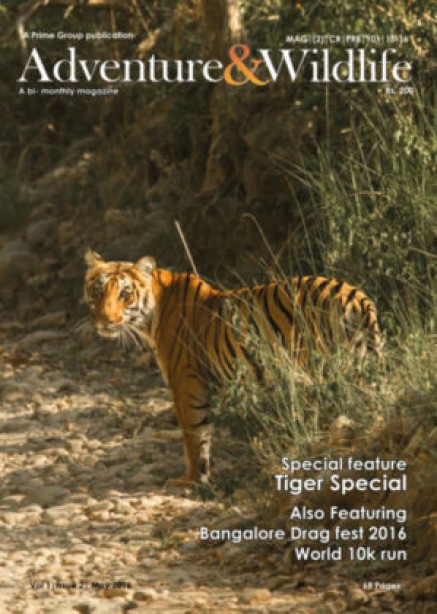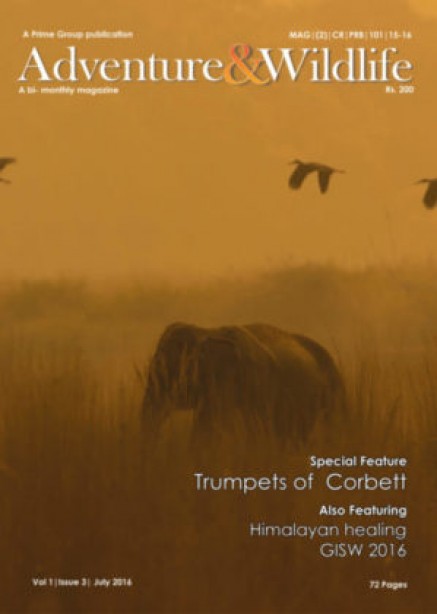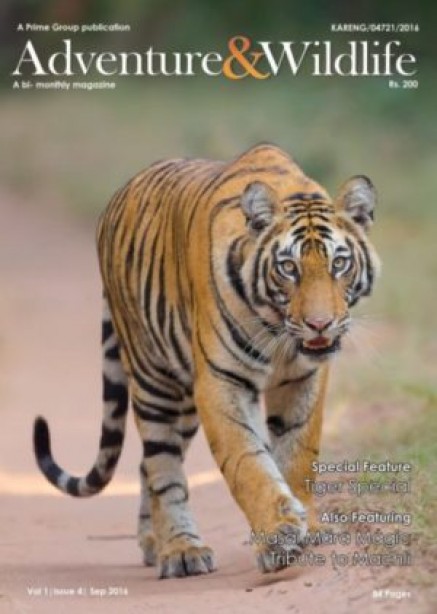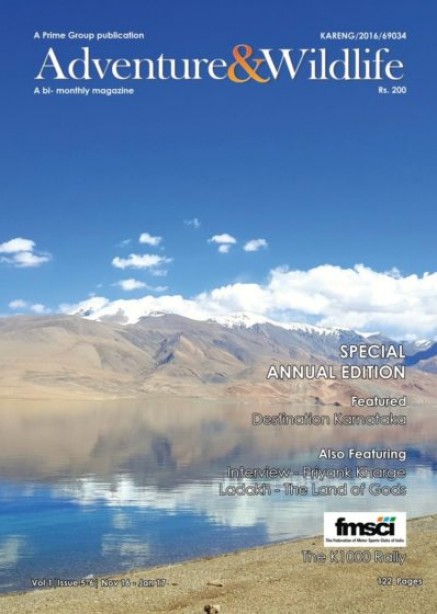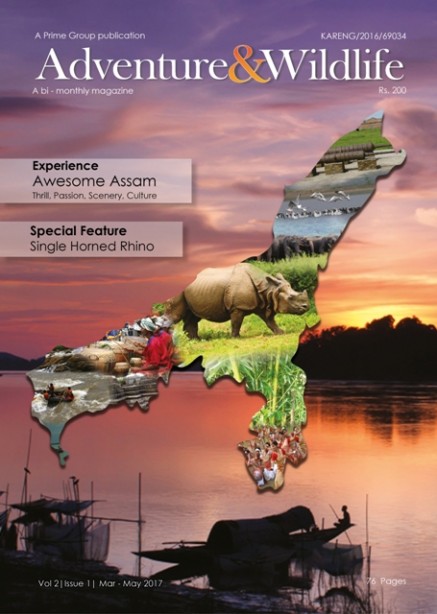
Six different ‘colour morphs’ of Asiatic golden cat discovered in Arunachal
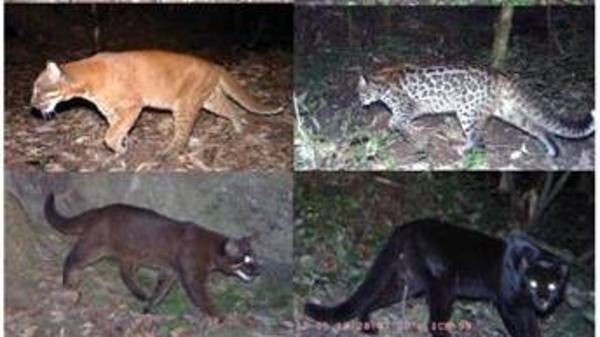
Scientists have discovered six different ‘colour morphs’ of the Asiatic golden cat in Arunachal Pradesh, that may be the world’s greatest number of different-colored wild cat species ever reported in one area. The findings indicate that the ‘near-threatened’ wild cat species which is native to north-eastern Indian subcontinent could become one of the most adaptable predators in Eastern Himalayas.
Colour morphs are basically occurrence of two or more discrete colour forms of the animal within a population, due to a genetic mutation. For example- Black panther is a colour morph of the common leopard. These colour morphs are not classified as different sub-species as they may live in the same area and even inter-breed. However, if they do not interbreed then this could represent the beginning of the evolutionary process into separate subspecies.
Asiatic Golden cat is a medium-sized wild cat native to north-eastern Indian subcontinent and is listed as ‘Near Threatened’ on the IUCN Red List of Threatened Species.
According to the research team, the wide variation displayed in the cat’s coats enables them to occupy different habitats at different elevations from wet tropical lowland forests to alpine scrubs and provides camouflage while hunting different prey such as tropical pheasants or a rabbit-like mammal called Himalayan pika.
Scientists also suspect that the phenomenon is driven by competition with other big cats such as tigers and clouded leopards, as being dark coloured in the mountains can help them conceal themselves from their prey making them better predators.
At least, now we know that Dibang Valley hosts the world’s most diverse range of colour morphs of a wild cat species ever reported in one site. But we are only just starting to understand this rare ecological phenomenon.

